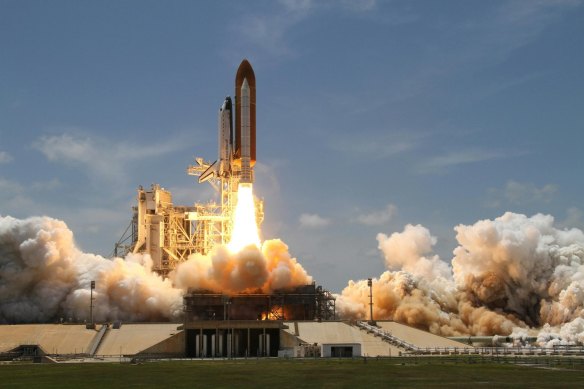
Larvotto Resources has cited China’s recent decision to install export bans on antimony as a key reason for its 100 per cent share price surge and increased trading volumes since Friday’s ASX market open.
However, the company has also made its own luck, purchasing the Hillgrove mine in New South Wales six months ago for $8 million, including a $5 million environmental bond, and management is adamant that is also playing a factor in the renewed investment interest.

Larvotto Resources’ share price has rocketed 100 per cent, partly due to China’s decision to ban antimony exports.
China, the world’s biggest producer of antimony with a 56 per cent market share, has revealed it will impose export controls on the metal starting from September 15. The decision has been viewed, in part, as a tit-for-tat response to the increasingly pugnacious stand by the United States’ Biden administration against China gaining an upper hand in the AI and chip manufacturing sectors.
It has also come as China is looking to safeguard its strategic reserves of antimony – a critical mineral used extensively in solar panels, military applications and electronics – given its significantly reduced domestic production in recent years. Demand has also surged, particularly for armament manufacturing in the western world.
The timing of China’s policy shift has coincided with Larvotto’s recent release of its maiden gold-antimony ore reserve and a positive prefeasibility study (PFS) for its Hillgrove project.
Purchased by Larvotto from administrators in December, the Hillgrove underground mine boasts the biggest antimony deposit in Australia and one of the most significant in the world. The project sits 23km east of the major regional city of Armidale in northern NSW and is ideally placed close to existing highways, rail links and regional airports.
According to the company’s recently-delivered PFS, the mine has a seven-year life with a global resource of 600,000 ounces of gold equivalent in antimony and gold running at a combined grade of 6 grams a tonne. Using extremely conservative price assumptions of US$2000 (AU$3075) per gold ounce and US$15,000 (AU$23,100) per tonne of antimony, the operation is expected to make an EBITDA of $93 million per year. However, at today’s prices of US$2503 (AU$3840) per ounce of gold and US$23,700 (AU$36,450) per tonne of antimony, the mine will produce 41,000 ounces of gold and 5400 tonnes of antimony for an EBITDA of $154 million.
The estimated capital expenditure (capex) to bring the mine back to life is a modest $73 million, meaning that the payback period could be as little as 11 months with an internal rate of return (IRR) of 114 per cent. At current prices, the net present value (NPV) of the project has been put at $584 million using a discount rate of 8 per cent.
And just to add a little extra icing on top of the cake, historic recoveries at the project have been in excess of 90 per cent for both gold and antimony. The forecasts are all the more remarkable given that the $8 million price tag six months ago included an infrastructure and processing plant at site, which is considered to have a replacement value of more than $150 million.









 Add Category
Add Category